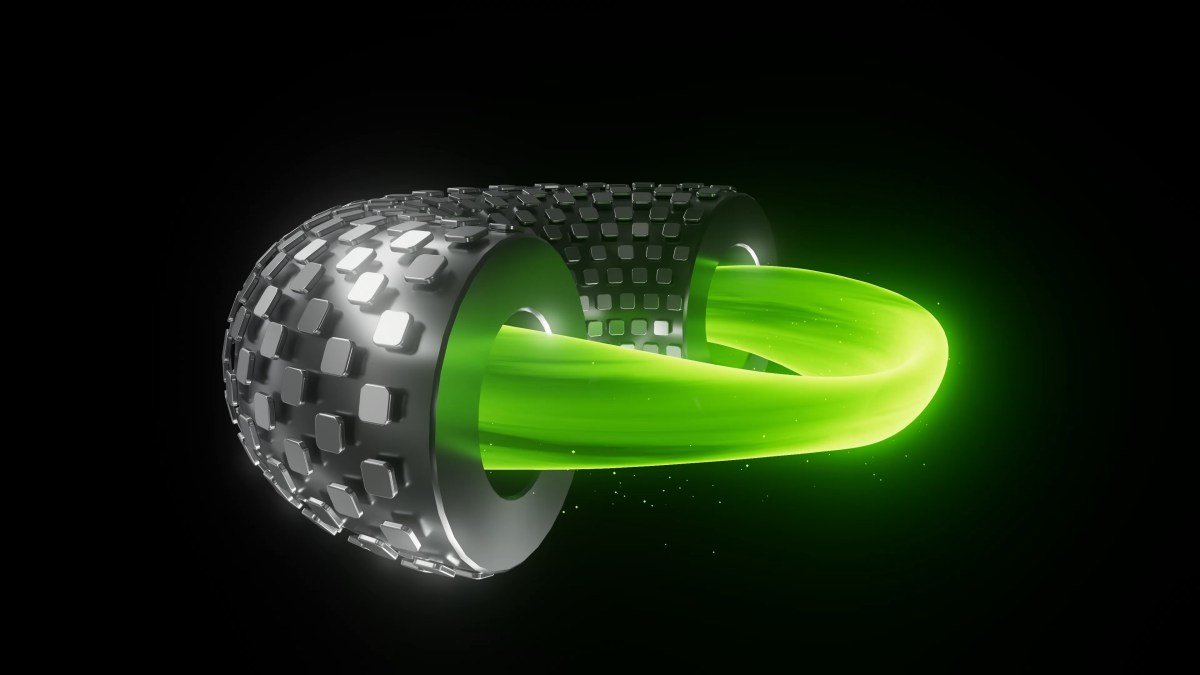To build a fusion power plant, engineers are forced to make some difficult choices. Do they go with the simpler design and then, while in operation, force the plasma to behave so it doesn’t snuff itself out? Or do they opt for a complex design that’s challenging to build but leads to happier plasma?
Or what if there was a way to do both?
Thea Energy is hoping that “both” is the right answer. The startup is betting that software can supplant manufacturing precision in its quest to deliver reliable, inexpensive fusion power. It has recently raised a $20 million Series A, TechCrunch has exclusively learned. Prelude Ventures led the round with participation from 11.2 Capital, Anglo American, Hitachi Ventures, Lowercarbon Capital, Mercator Partners, Orion Industrial Ventures and Starlight Ventures.
There are two main approaches to fusion power: inertial confinement and magnetic confinement. The former made headlines at the end of 2022 for proving that net-positive fusion power isn’t just science fiction by using massive lasers to vaporize a fusion fuel pellet.
Many startups, though, are using some variation of the former. In magnetic confinement, burning plasma is contained by powerful magnetic fields produced by high-temperature superconductors. In tokamaks, the doughnut-shaped designs that many large reactor projects use, those magnets have to be built with incredible precision to be able to contain plasma and keep it at the right temperature.
In stellarators, the magnets have to be even more precise, but several startups favor the design because it’s easier to achieve stable plasma in them. Tokamaks are often compared to classic, raised doughnuts; I like to think of stellarators as old-fashioned doughnuts: irregularly shaped, but still a doughnut at heart.
The entire stellarator twists and turns according to the demands of the plasma, which is computed beforehand. The shape comes from their intentionally warped magnets, and making each magnet properly requires a great deal of engineering and manufacturing know-how, all of which drives up costs.
Thea Energy’s team wanted to build a stellarator, but they didn’t want to deal with all that hassle. So instead they’re using an approach developed at the Princeton Plasma Physics Laboratory that lines a doughnut-shaped reactor with an array of high-temperature superconducting magnets each controlled by software. By extending and retracting different magnets’ fields, the array can make the plasma behave like it’s inside a more complex stellarator.
None of this is simple, of course. Nothing in fusion power is simple. “We haven’t eliminated complexity; we haven’t eliminated precision,” Brian Berzin, co-founder and CEO at Thea Energy, told TechCrunch. “But what we have done is we’ve taken as much of it as possible out of the hardware and pushed it onto the control systems.”
Berzin compares their planar coil stellarator design to a computer display. Each magnet is like a pixel that can be individually controlled. Because they’re creating a stellarator shape, with its inherent stability, the computers controlling them won’t have to be anything exotic. “We’re talking about things that you don’t even need server clusters to run,” he said. “There is no near real-time compute that’s necessary.”
Thea thinks its approach is better at confining plasma than competing designs. “By an order of magnitude, better confinement,” Berzin said. “You can make a more precise stellarator than what you could have with the modular wiggly coils.”
The modular approach should speed development of the system, too. The company is currently making full-scale magnets inside its lab in Jersey City. By comparison, the magnets that will shape ITER’s 64-foot tokamak are assembled in a sprawling warehouse in the French countryside. Thea’s small magnets can be tested in the same lab both individually and in small arrays that mimic portions of the final design.
“We can iterate multiple generations within a year without spending an exorbitant amount of money on a single piece of hardware,” Berzin said.
Thea is planning to build a pilot-scale reactor later this decade and a larger scale, 350-megawatt demonstration plant in the 2030s. By the time its commercial offering is hooked up to the grid, it’s hoping to produce power at $50 per megawatt-hour. That’s right at the low end of where solar-plus-battery power sits today, according to Lazard. It’s marginally more expensive than a combined-cycle gas power plant today and slightly less than coal. In other words, if Thea hits its target, it could have a competitive offering on its hands.
Like all fusion power startups, the same caveats apply: The technology is fiendishly hard to master, so hard that no one has done it at commercial scale yet. Once they do, it’ll be a matter of reining in costs so the reactors can compete with renewables and batteries, both of which continue to fall in price. There are a few ways to do that, but Thea’s approach is clever enough that it just might work. Software has managed to take over a lot of other industries. Why not fusion, too?

